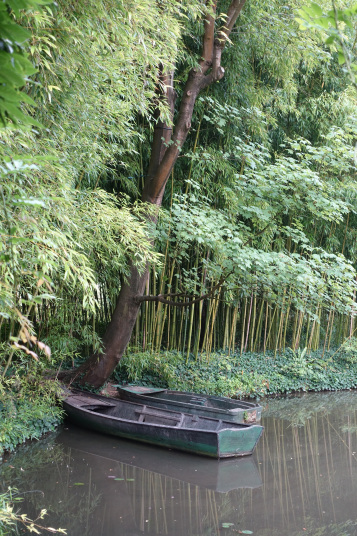
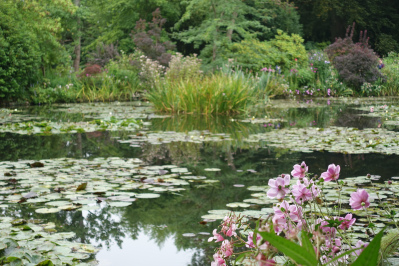
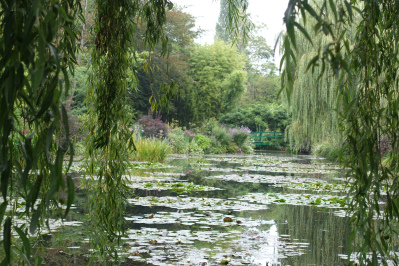
Few scenes are as well known as the waterlilies in Monet’s garden which featured again and again in his famous paintings. With its famous arched bridge, willow trees, clumps of bamboo and row boat moored casually, each vignette is a perfect moment waiting to be captured on canvas. The reflections of sky and clouds ever changing in the dark pools serving to be inspiration for his famous Waterlily Series, Les Nymphéas, gifted to the nation on the day after Armistice Day 1918 after WWI and housed in the Musée de l’Orangerie, Jardin des Tuileries, Grand Palais, Paris as per his instructions in 1927 a few months after his death. Here, two huge oval rooms display these unique works…that Monet hoped would bring peace and tranquility to the war torn French.
 Les Nymphéas, by Claude Monet
Les Nymphéas, by Claude Monet
Of course, Monet’s Garden has many other beautiful aspects. His flower gardens where also often his focus. Here, experiments in colour were played out with plants, and imaginative combinations, often with bright dahlias, roses and other perennials.\, gathering momentum as they flank the arches of roses.
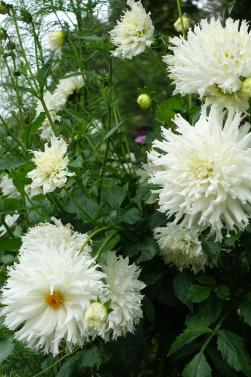

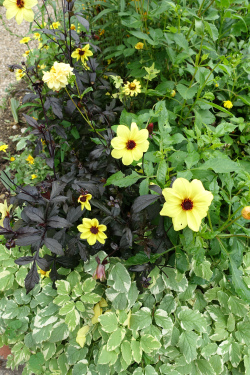
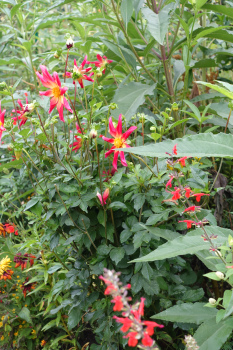
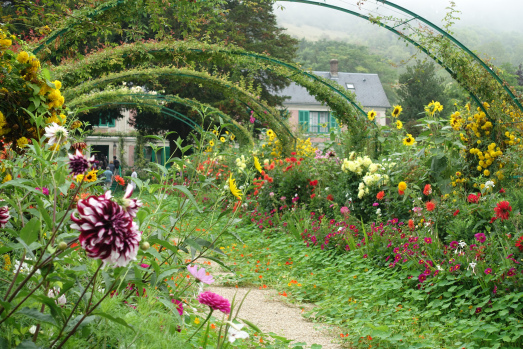
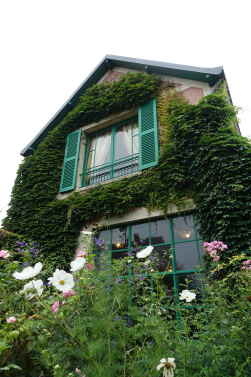
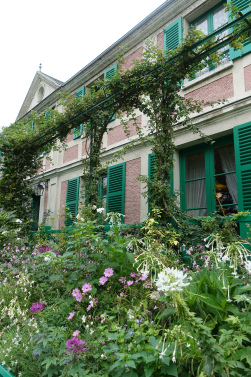
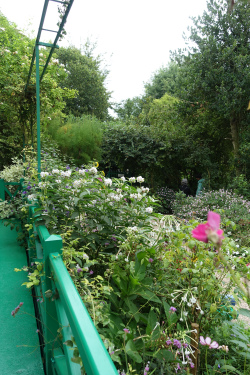
The house too is charming. The turquoise green paintwork so famous looks beautiful against the soft pink of the house and the brightly coloured climbing roses.
What many people have never seen in the charming inside of the house, where his sense of colour was played out in every detail, from the kitchen cupboards and crockery to the brightly painted timber work and coloured vases, kitchen tiles and gleaming copper cookware.
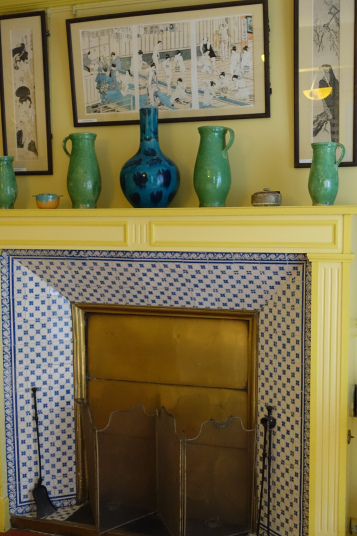
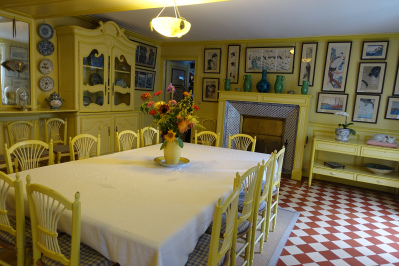
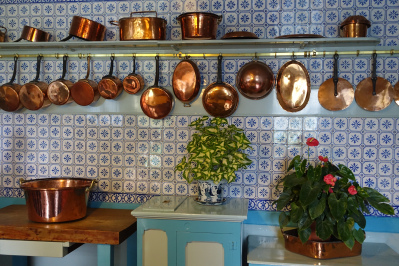
To grow your your own water lilies you will need a pond depth of at least 60cm, and the water needs to be fairly still and not have splashing that can upturn leaves. Waterlilies can also be grown in water bowls, and the inclusion of fish mean that mosquito larvae are kept in check.
Advertisements Share this:




